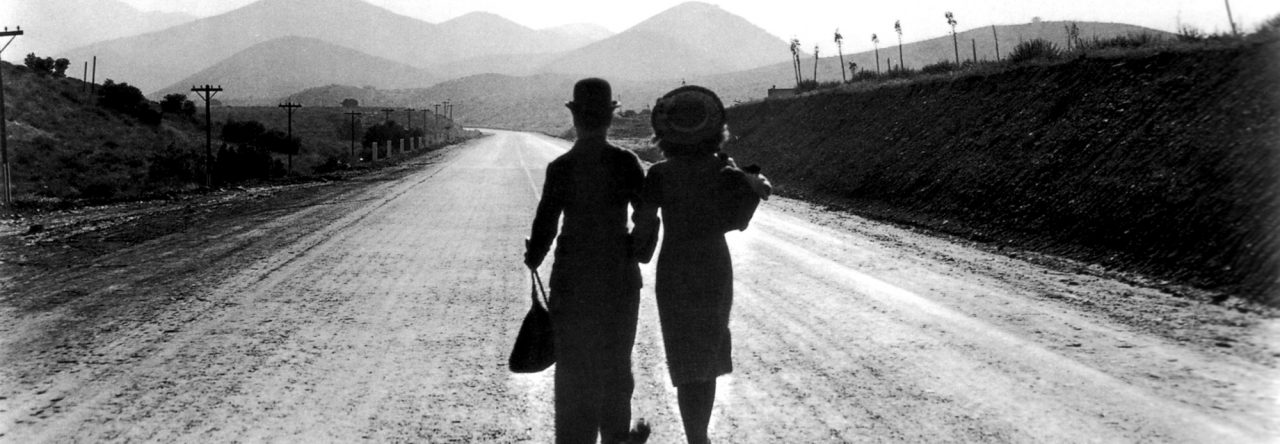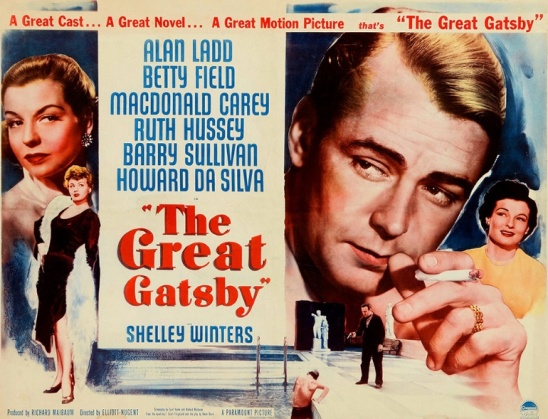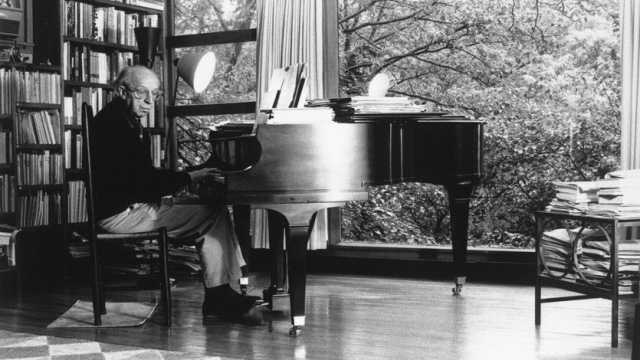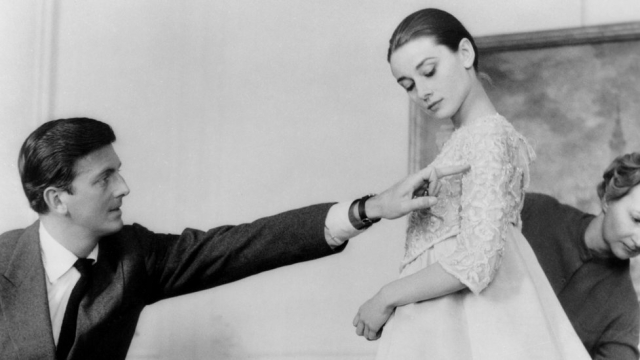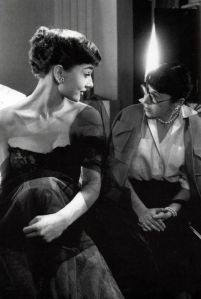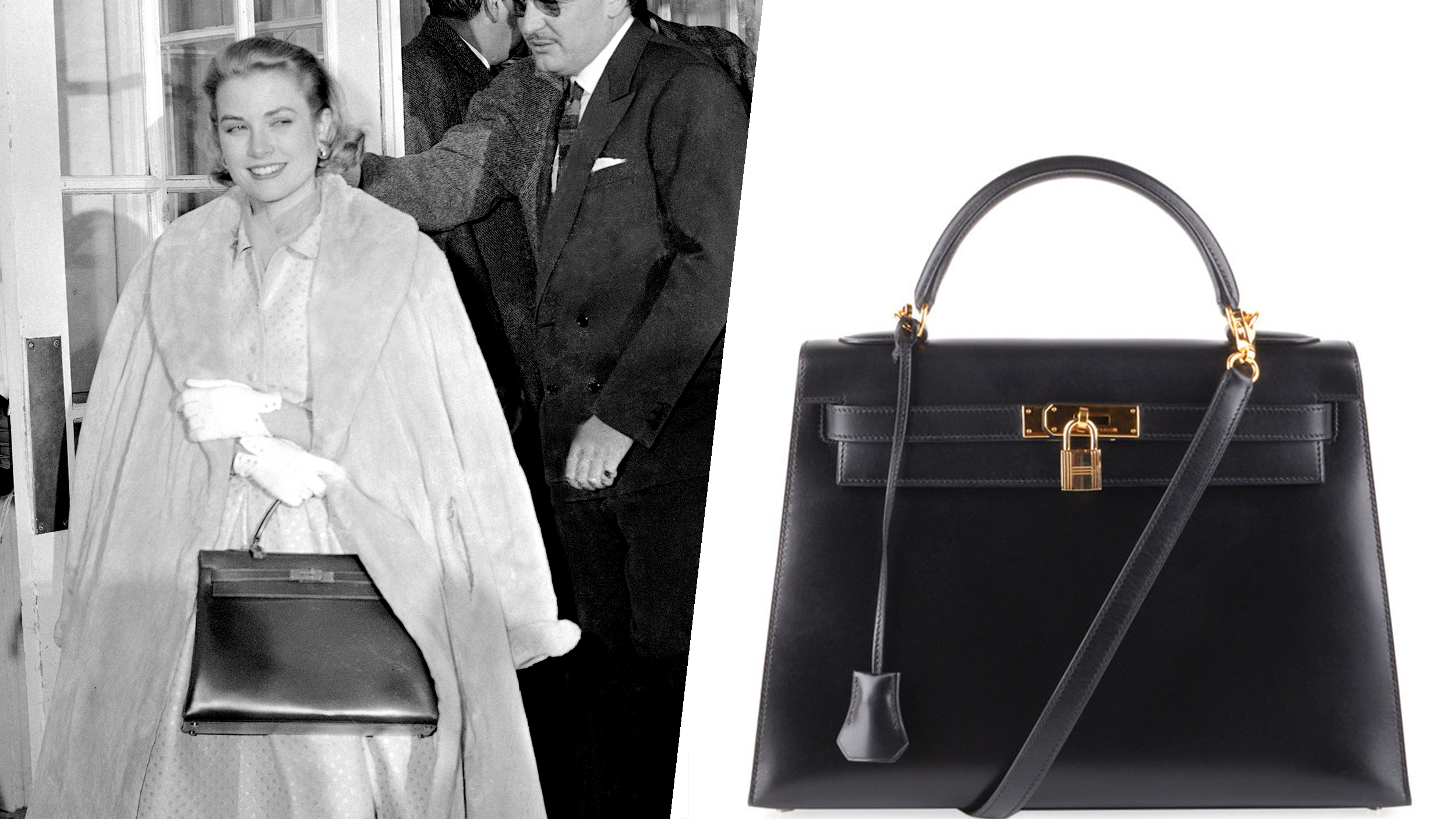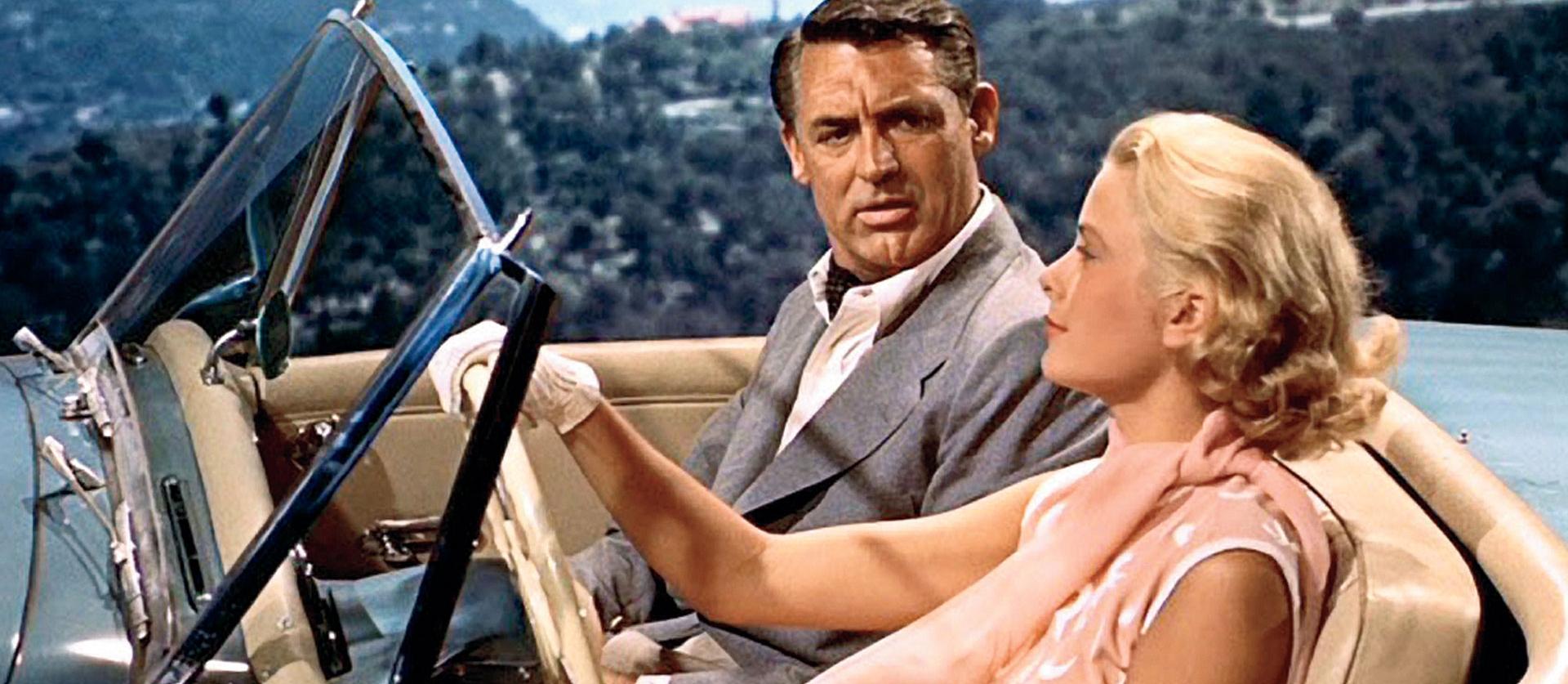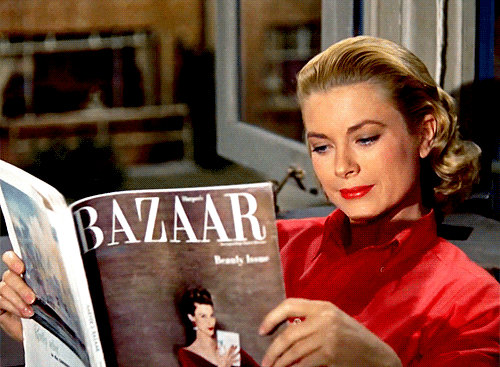
All the talk this week over James Dean’s likeness has given me much to think about regarding how certain actors become icons of pop culture. For those who aren’t aware, it was announced earlier this week that Dean’s likeness would be used, recreated via CGI and unused footage, for an upcoming film, in which he’d be a secondary character.
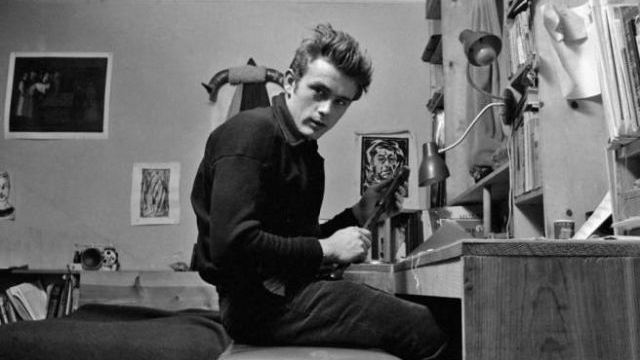
Forgetting the debate over CGI resurrections, I’ve always wondered if Dean, had he lived, would’ve continued to be as great an actor as he was in his sole three movies. The performances he gave were mesmerizing and ushered in a new form of acting that represented the disenfranchised youth at its most modern. But were those performances just a phase? Would Dean have been able to expand beyond his performances of teenage angst?
I often wonder the same thing about Grace Kelly. Like Dean, her career was short-lived – but just like Dean, the circumstances of her life transformed her into a cultural icon. From her debut in High Noon and onwards, Kelly made a trope of her roles. She was the cool, icy blonde. Elegant, but also distant, and it would take the course of the film for someone (usually a man) to melt that icy heart.
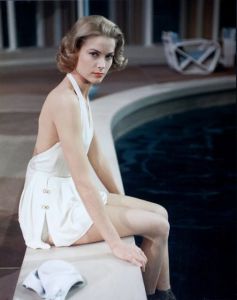
Kelly was phenomenal in all these roles. The way in which she slowly gets roped into Jimmy Stewart’s neuroses in Rear Window pays off in a thrilling climax; the charm and wit she portrays in To Catch a Thief shows that she could very well be the next Cary Grant, as fashionable, witty, and charming; then there is High Society, she is the ultimate ice queen in this 1956 picture – three men fall for her, but her own haughty personality makes it impossible for her to see past her own upturned nose.
Then there is Kelly the style icon. Last year, I wrote a post about the Kelly bag. All the Technicolor gowns, all the Edith Head wardrobe, all the splendor of her composition and composure – all of these things create a fashion icon who catapults herself further into the limelight when she becomes a real-life Princess. Is it any coincidence that the very same year she married Prince Ranier, Kelly played a European princess in The Swan?
Grace Kelly made eleven pictures between 1951 to 1956. (For reference, Daniel Day-Lewis made seven pictures between 1997 and 2017.) There is something to like about Kelly in every single one of her pictures, and there’s always something to dissect, but I do wonder if Kelly had continued making films into the Sixties, Seventies, and Eighties, would she have blossomed beyond the ice-queen roles?
Many of her peers certainly did. Audrey Hepburn, who began with gamine roles, found movies that allowed her to expand her acting potential, branching out into pictures as anti-Hepburn as Wait Until Dark. Kelly’s favorite actress, Ingrid Bergman, found unexpected freedom in Italy with neorealism before returning to Hollywood with a new kind of intensity as seen in Murder on the Orient Express.
In the early days, actors were known for playing a certain role. John Wayne the Cowboy, Jimmy Stewart the All-American, Katharine Hepburn the Career Girl. But actors of Kelly’s generation wanted to study their craft, use those skills in theater companies and apply them to the silver screen. Kelly went to the American Academy of Dramatic Arts with Jason Robards and Don Rickles, her uncle was a Pulitzer Prize-winning playwright, and she acted in nearly 60 live television programs. (James Dean also began in television anthology shows.)
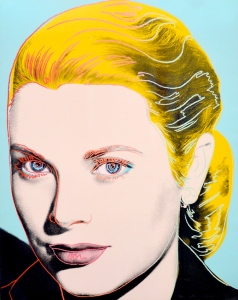
In this classic film buff’s humble opinion, with all the training and cultivated talent that Grace Kelly had, she could have indeed grown beyond the roles of her short career had she continued. She had the talent, the drive, and the professionalism that would’ve made her the next Ingrid Bergman. Her status as a cultural icon may have replaced her humanity with symbolism and discussions of mass media consumption, but it would be foolish to call Kelly’s body of work insubstantial. There is something very wonderful about it, something that endures. If she were any other actress, that would not be the case.
But she was Grace Kelly, and (to quote Cary Grant) she was serenity.
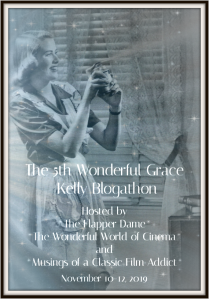
To read the other blogposts celebrating Grace Kelly please click here and follow The Wonderful Grace Kelly Blogathon co-hosts The Wonderful World of Cinema, The Flapper Dame, & Musings From a Classic Film Addict!
